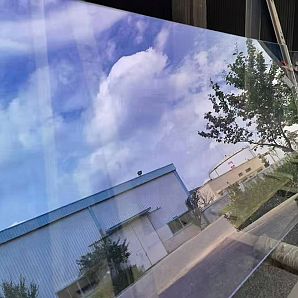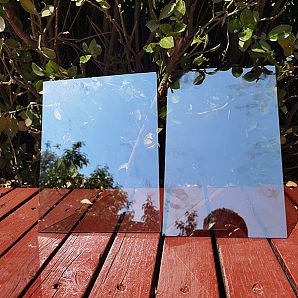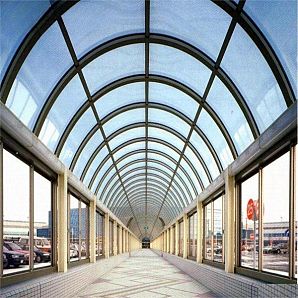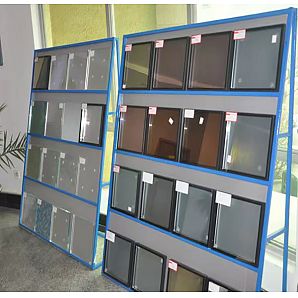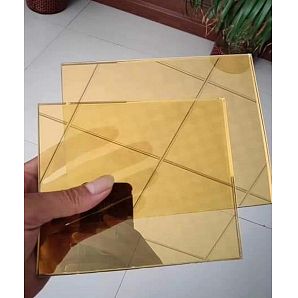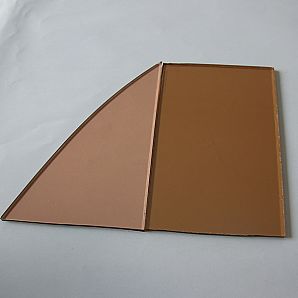1. What is solar photovoltaic glass?
Solar photovoltaic glass is a special type of glass that utilizes solar radiation to generate electricity by laminating solar cells, and has related current extraction devices and cables. It is composed of low iron glass, solar cells, film, back glass, and special metal wires. The solar cells are sealed between a low iron glass and a back glass through film, making it the most innovative high-tech glass product for construction. Using low iron glass to cover solar cells can ensure high solar transmittance. Tempered low iron glass also has stronger resistance to wind pressure and the ability to withstand large changes in temperature between day and night
After installing solar cells on the edge of the glass, a mixed coating is applied to the surface of the glass. The coating absorbs sunlight and transmits it to the solar cells installed on the edge of the glass at different wavelengths. Mark Bardo, a Electrical engineer at MIT and head of the research team, said: "The coating can collect sunlight on large objects, such as glass windows."
According to reports, this type of energy gathering material is not only suitable for glass, but also for materials such as plastic sheets. It can also be made into color or transparent colorless, and when applied to glass windows in transparent color, it will not affect the lighting.
The current coated tempered glass will have a higher transmittance
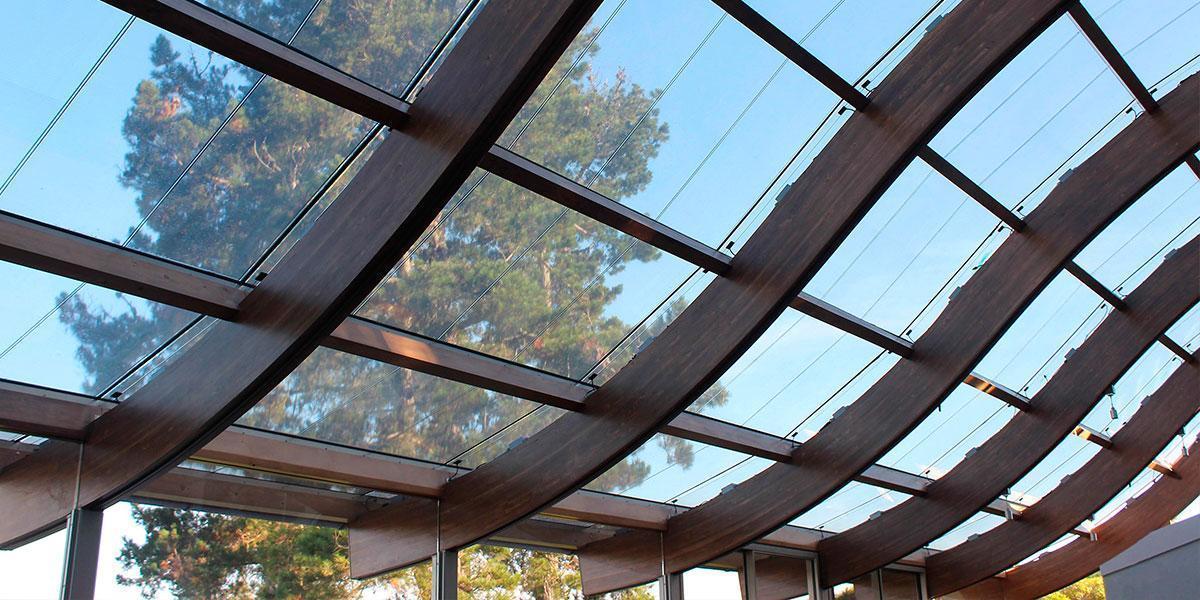
2. What are the classifications of photovoltaic glass?
The classification of photovoltaic glass mainly includes ultra white photovoltaic embossed glass, ultra white processed Float glass, TCO glass and backplane glass. The main characteristics are analyzed as follows:
(1) Ultra White Photovoltaic Embossed Glass
For semi-finished embossed glass products, the specially designed patterns on the glass surface help solar cells absorb sunlight and reduce light reflection. Including ultra white photovoltaic embossed original glass and ultra white photovoltaic processed glass.
(2) Ultra white processed Float glass
Ultra white photovoltaic raw glass can be processed into ultra white photovoltaic processed glass through tempering process, which can achieve ideal mechanical strength to resist adverse weather conditions and other factors of damage. During the tempering process, an anti reflective coating can be added to improve efficiency.
(3) TCO glass
At present, the mainstream product in the market is 3.2mm ultra white photovoltaic glass, with solar cell spectral wavelengths ranging from 320 to 1100 nanometers, and solar transmittance reaching up to 91% to 92%. Can be used as a packaging board for crystalline silicon solar modules. Due to the low solar transmittance, the application of this type of crystalline silicon solar module photovoltaic glass is gradually decreasing.
(4) Back panel glass
When ultra white Float glass is used for manufacturing, the glass surface will be coated with TCO coating ITO, FTO or AZO) to act as the conductive layer of the power generated by the thin film battery. The packaging plate and conductor of TCO glass used for thin film solar modules are made of Float glass.
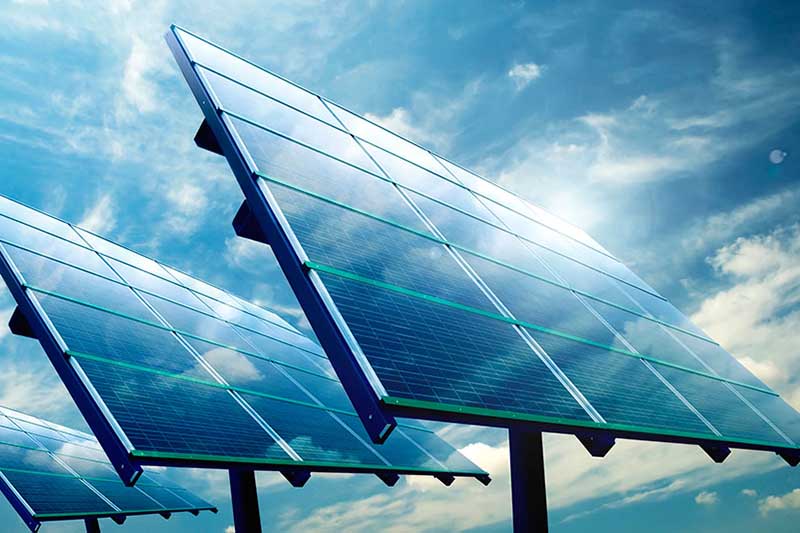
3. Production process of photovoltaic glass
The deep processing process of photovoltaic glass involves two steps: tempering and coating. The original sheet is ground and then tempered to obtain tempered sheets, or tempered and coated to obtain coated sheets for component packaging. Tempering enhances the strength of glass, while coating involves coating the tempered glass with a layer of anti reflective film to enhance transparency.
The tempering and coating processes both require high temperature treatment at around 700 ℃. In order to control costs, glass deep processing often uses both glass tempering and film heat treatment simultaneously.
In the production process of photovoltaic glass, the cellar furnace is the core production equipment and also a large investment equipment. It has two main characteristics, namely, the difficulty in controlling the temperature of large cellar furnaces and the high cost of starting and stopping cellar furnaces, making it impossible to adjust the production line halfway.
The cost of photovoltaic glass can be divided into four parts: direct materials, fuel power, direct labor, and manufacturing costs, with raw materials and fuel power costs being the main sources, accounting for up to 80%.
The raw materials used in the production of photovoltaic glass raw materials include soda ash, quartz sand, feldspar, dolomite, limestone, mirabilite, etc. Quartz sand and soda ash are not only the main components in material input, but also the two types of raw materials that have a significant impact on material costs.
The quality requirements for quartz sand in photovoltaic glass are relatively high, so a high-quality and stable supply of quartz sand in the future is the guarantee for the development of photovoltaic glass enterprises.
Other raw materials include limestone, dolomite, mirabilite, etc. The cost of these materials is relatively small compared to soda ash and quartz sand, and there is also little fluctuation.
The cost of fuel power mainly includes fuel and electricity. Glass fuel mainly consists of natural gas and heavy oil, which are used in kiln equipment during the production process of raw materials;
Labor cost refers to the labor and Labor burden consumed in the production and construction of photovoltaic Glass production. The level of labor costs to a certain extent reflects the level of production or construction technology and equipment, as well as the level of labor productivity. Therefore, in order to effectively reduce labor costs, it is necessary to continuously improve the automation rate of the kiln and extend its service life.
Manufacturing costs refer to the costs incurred in the manufacturing process of photovoltaic glass. After mixing, melting, rolling, annealing, and cutting the raw materials, an untreated photovoltaic raw material semi-finished product is obtained and further processed.
Photovoltaic glass is a special type of glass that utilizes solar radiation to generate electricity by laminating into solar cells, and has relevant current extraction devices and cables. The glass used in photovoltaic power generation is not ordinary glass, but TCO conductive glass.
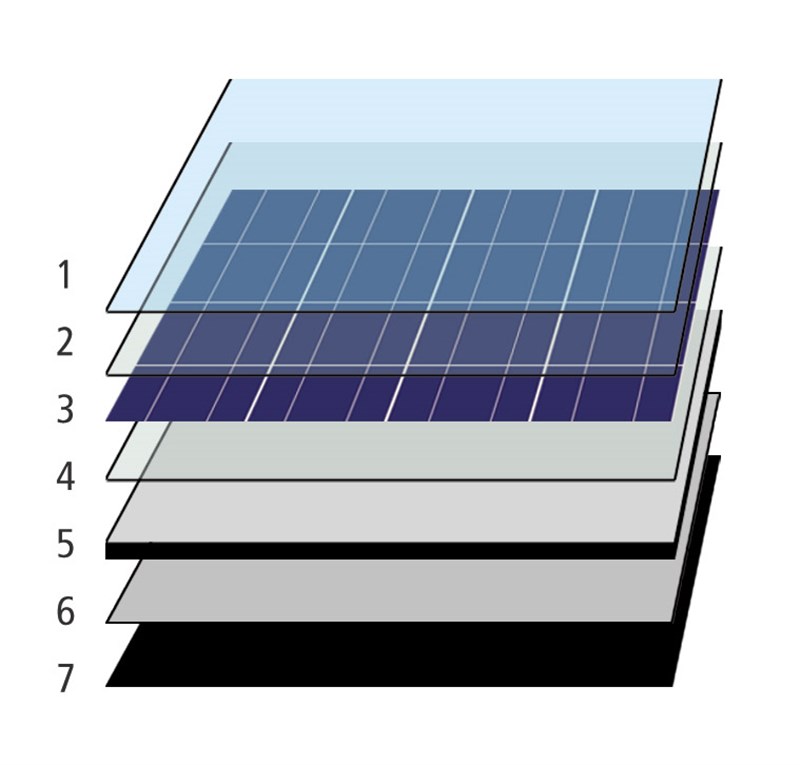
HHG is a professional glass manufacturer and glass solution provider include range of tempered glass, laminated glass, textured glass and etched glass. With more 20 years development, there are two produce lines of pattern glass ,two lines of float glass and one line of restoration glass. our products 80% ship to overseas, All our glass products are strict quality control and carefully packed in strong wooden case, ensure you receive the finest quality glass safety in time.
More Detail: www.hhglass.com

